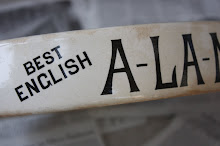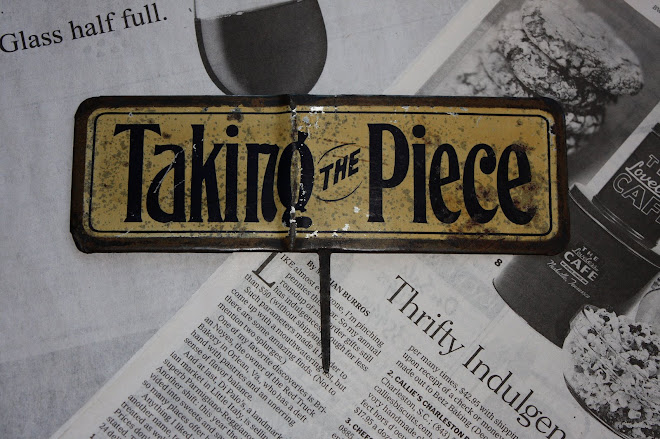
French glazed earthenware confit pots,once used to store duck confit, were ubiquitous storage vessels in farmhouses across rural regions of southern France in the 19th-century. Today, these beautiful and simple pieces of domestic pottery evoke a sense of rural life and are considered to be one of the most essential elements of French country style. And there is much to admire in these domestic wares – the rich, honey colored yellow-slip glazes that contrast beautifully with the unglazed, light colored terracotta surfaces, the glaze runs and the organic patterns they form when the pots are half-dipped in liquid glaze and the beads of randomly pooled glaze on the rims.

Over time, these pots acquire a beautifully worn and weathered surface that reflects their long and utilitarian past. Today, the chipped and flaked surfaces seen on these pots contribute to their character and charm.
A wide range of sizes were produced with ones at the extreme ends of the size scale being the most desirable and highly sought after. This is particularly true of the tiniest sizes -ones that are no more than 5” to 7” in height can command high prices partly because they are rare and partly because most of us tend to have a love affair with objects that come in miniature form.

Very often an impressed numerical mark can be found near the bottom of the jar with “1” found on large pots that measure 14” to 15” in height while the tiniest examples are marked as “5”, “6” or “7”.

Both green and yellow colored slip glazes were used with the green colored ones being the less common of the two.
As decorative objects, they’re particularly beautiful when used as vases and filled with generous bunches of wild flowers.

But the biggest decorative impact is to be had is when a variety of sizes are juxtaposed. When displayed in multiples, the endless and subtle differences in color, texture, size and shape can be highlighted and used to add visual interest.

 They’re beautifully made –the bases are turned from woods such as oak, mahogany and boxwood and each possesses a beautiful, naturally aged patina.
They’re beautifully made –the bases are turned from woods such as oak, mahogany and boxwood and each possesses a beautiful, naturally aged patina.  The glass domes are hand blown -each with an applied knob handle that is press molded and faceted. And at heights that range between 2 ½” and 5”, they are truly diminutive!
The glass domes are hand blown -each with an applied knob handle that is press molded and faceted. And at heights that range between 2 ½” and 5”, they are truly diminutive! 


















